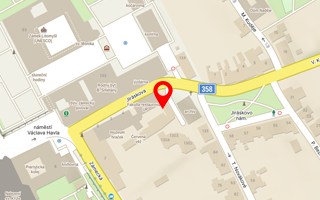Publication detail
Mechy na uměleckých objektech ve veřejném prostoru vybraných středomoravských měst
Authors:
Dvořák Václav | Hradílek Zbyněk | Jeništa Jan | Křenková Zuzana | Duchoslav Martin | Říhová Vladislava
Year:
2020
Type of publication:
článek v odborném periodiku
Name of source:
Bryonora
Page from-to:
8-24
